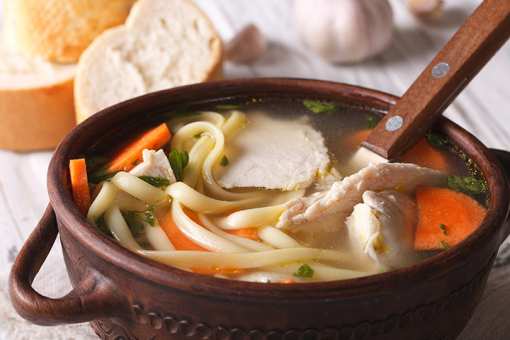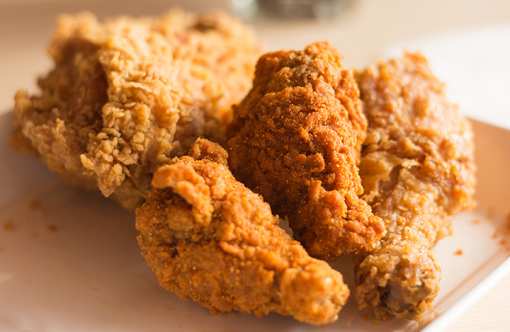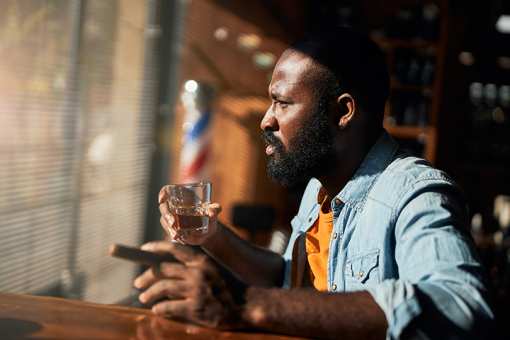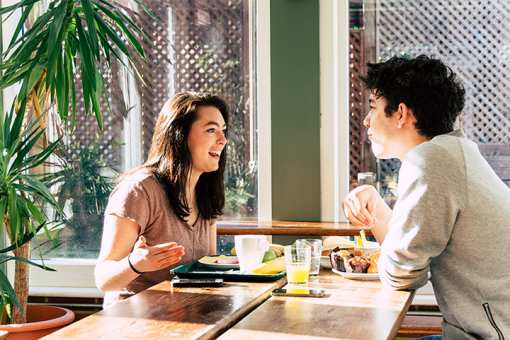History of Hobcaw Barony
Friendfield Village ChurchA 17, 500 acre research reserve, Hobcaw Barony is one of the few undeveloped tracts on the Waccamaw Neck. The Native Americans called it "hobcaw," meaning between the waters. In 1718, the land became a colonial land grant, a barony. Sold and subdivided into plantations extending from the river to the sea, Hobcaw Barony was part of the great rice empire until the turn of the 20th century.
Bernard M. Baruch, Wall Street financier and advisor to presidents, purchased the property comprised of 11 former plantations in 1905 for use as winter hunting retreat. He invited presidents, prime ministers and politicians to hunt duck, turkey, deer, quail, foxes and hogs in the South Carolina Lowcountry.
Duck ShootAfter 50 years, he sold all the land to his daughter and the time of her death, she created a foundation to manage the land as an outdoor laboratory for the colleges and universities in South Carolina.
Swamps, abandoned rice fields, pine and hardwood forests, salt marsh and barrier island environments provide habitat for many native animals of the coastal plain. Historic sites include Hobcaw House, rebuilt in 1930 on a bluff overlooking Winyah Bay; Bellefield House and stables, built in 1936 for Belle W. Baruch; and Friendfield, a 19th century slave village used until 1952.
Although privately owned, Hobcaw Barony is now used as a research reserve by the colleges and universities of South Carolina. Restricted access is allowed through tours and programs offered by the foundation and universities.






